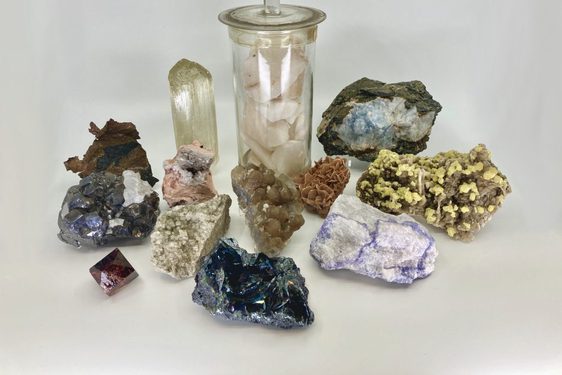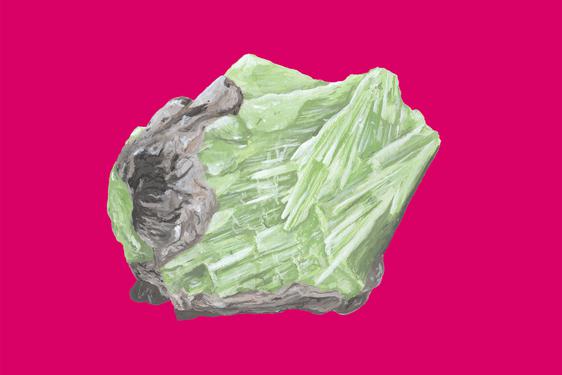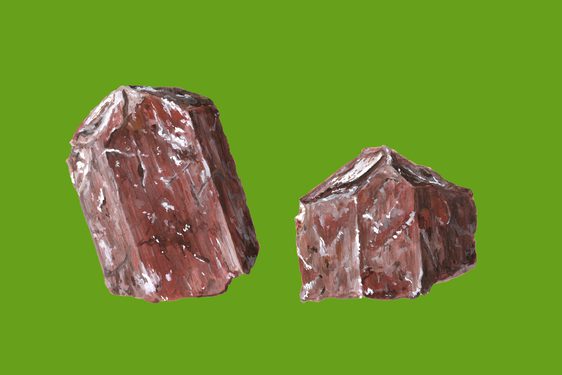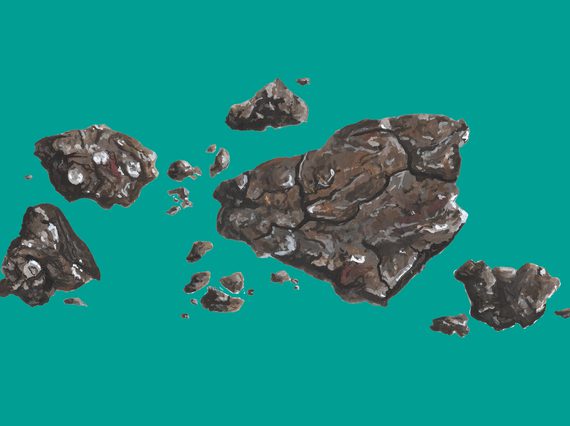
The mineral pentlandite and its Scottish connections
News Story
The mineral Pentlandite could be named after several things with a Scottish connection, but which one? Or is it something else entirely?
Pentlandite is an iron nickel sulphide with the chemical formula (Fe,Ni)₉S₈. It is found in nature as bronze-coloured, metallic aggregates in igneous rocks. But it has also been found in meteorites, and is an important source of the metal nickel.
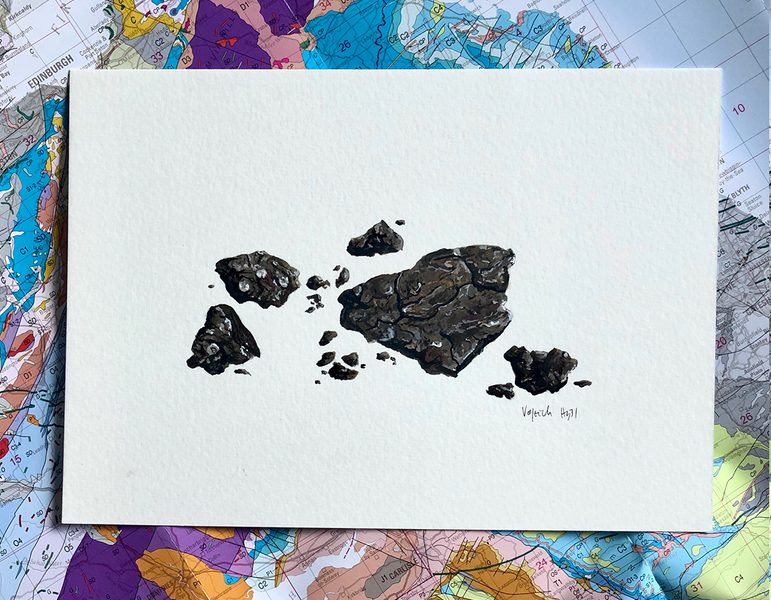
Illustration of Pentlandite by Vojta Hýbl
But when it comes to the name we need to be wary. At first sight, we might assume that this mineral is named after the Pentland Hills or the Pentland Firth. The first is an area to the south of Edinburgh city around Loanhead, which included the Pentland Hills. It was called Pentland and the name is still found in Old Pentland Cemetery and Farm. This name may come from Middle English pent + land meaning enclosed land.
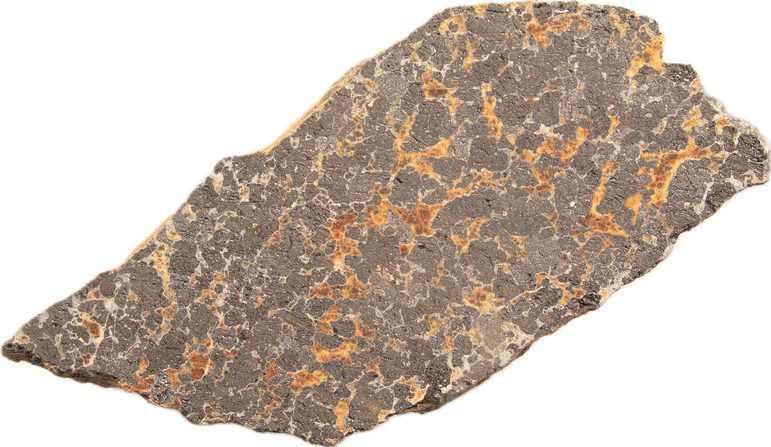
Pentlandite
Moving north, the origin of the name of the Pentland Firth has an altogether different story. This name is thought to originate from the Old Norse Petlandsfjörð (Fjord of Pictland). This refers to the body of water separating the Picts of the mainland from the Vikings who had by then occupied Orkney. The place-name Pentland also occurs in Canada, Australia and the USA.
In actual fact, the name derives from a person and not a place. The mineral was named after Joseph Barclay Pentland (1797–1873). Born in Ballybofey, County Donegal in Ireland, Pentland was educated in County Armagh. He then travelled extensively, studying in Paris with Georges Cuvier before undertaking a survey of the Andes in Bolivia.
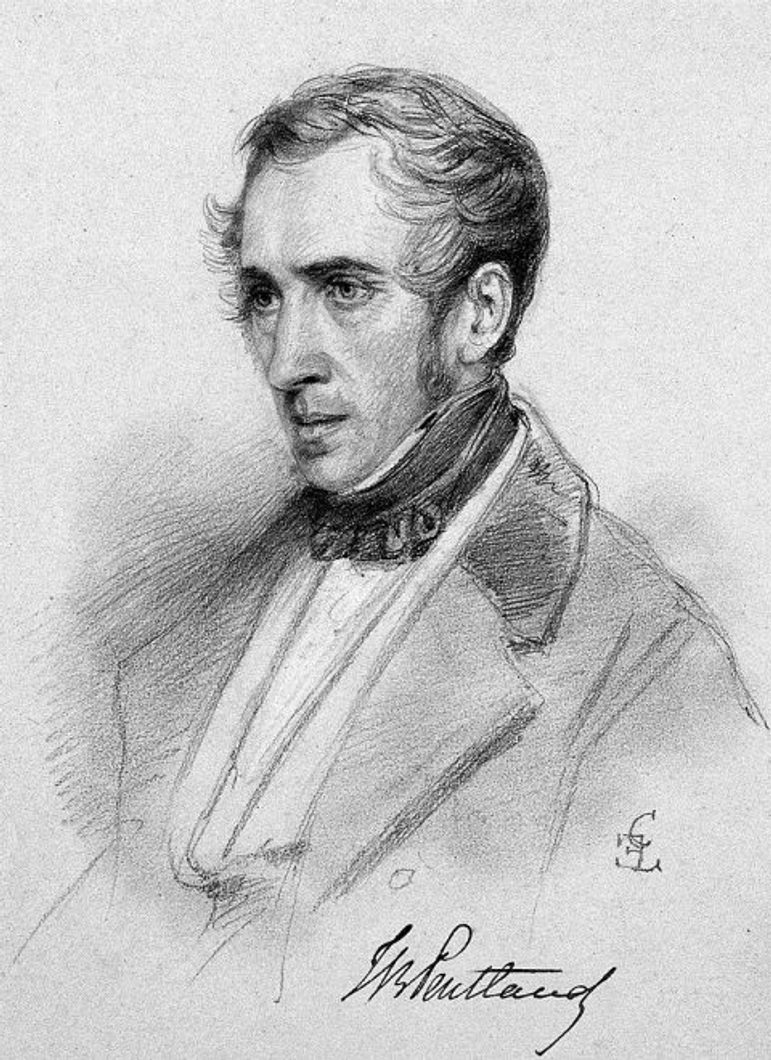
Pentland was a a geographer and natural scientist. He became a regular correspondent of William Buckland and Charles Darwin. Studying a material from Sudbury in Canada, the mineral was named after him in recognition of his work.
But the story doesn’t end there. The mineral that would eventually be named pentlandite was also found in older material from Craignure Mine in Argyll, Scotland. Even further afield, it was found in the Espedalen Mine, Gaudal, Norway. These two localities were named as type localities (a type locality is the place where a mineral was first described from).
The surname Pentland is itself thought to have a Scottish origin. The first recorded instances of the name all occur in Scotland, around the Edinburgh area. It is possible that the Pentland family from Donegal were part of the Plantation of Ulster. This occurred during the 17th century when Scottish and English families settled on confiscated Irish land.
